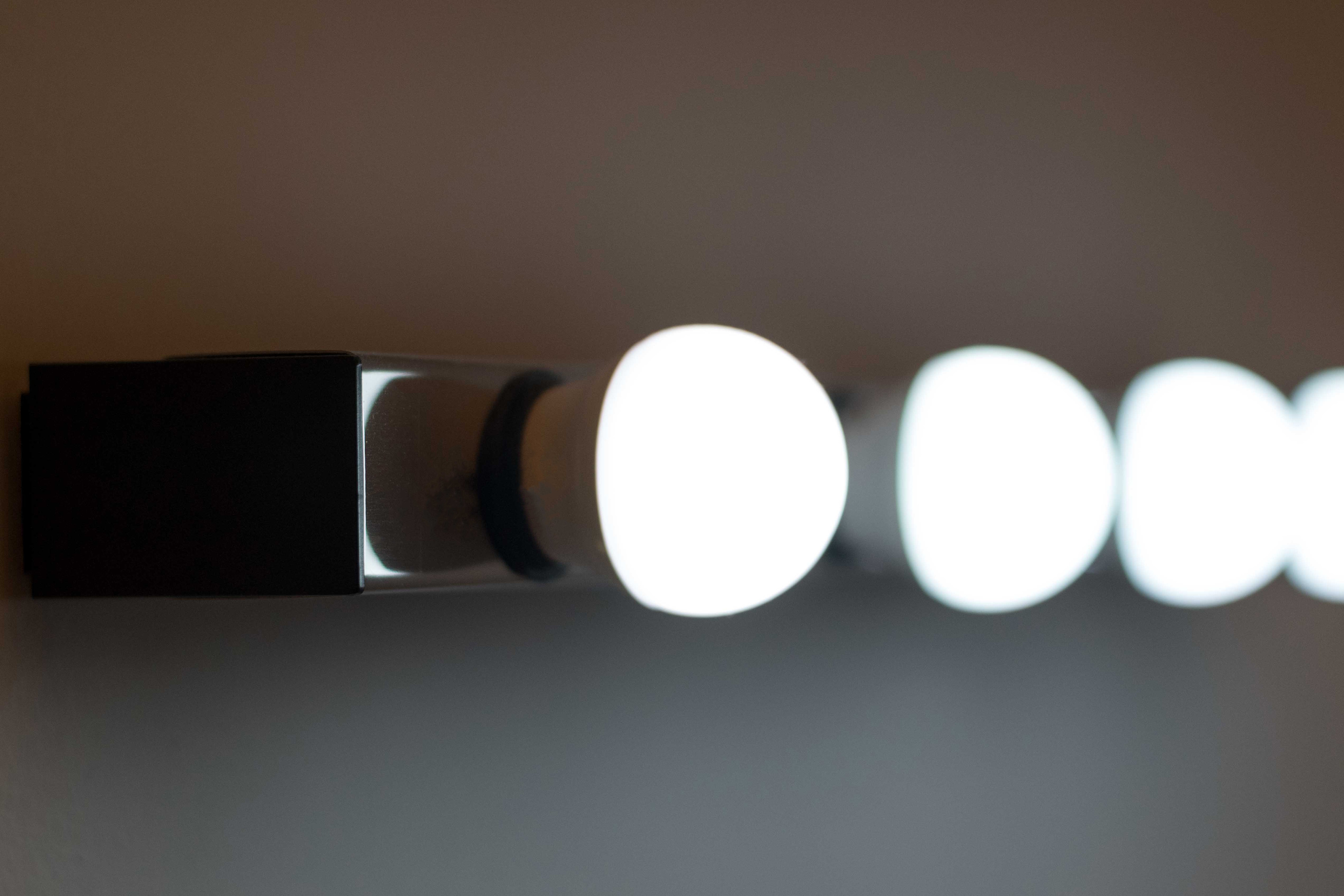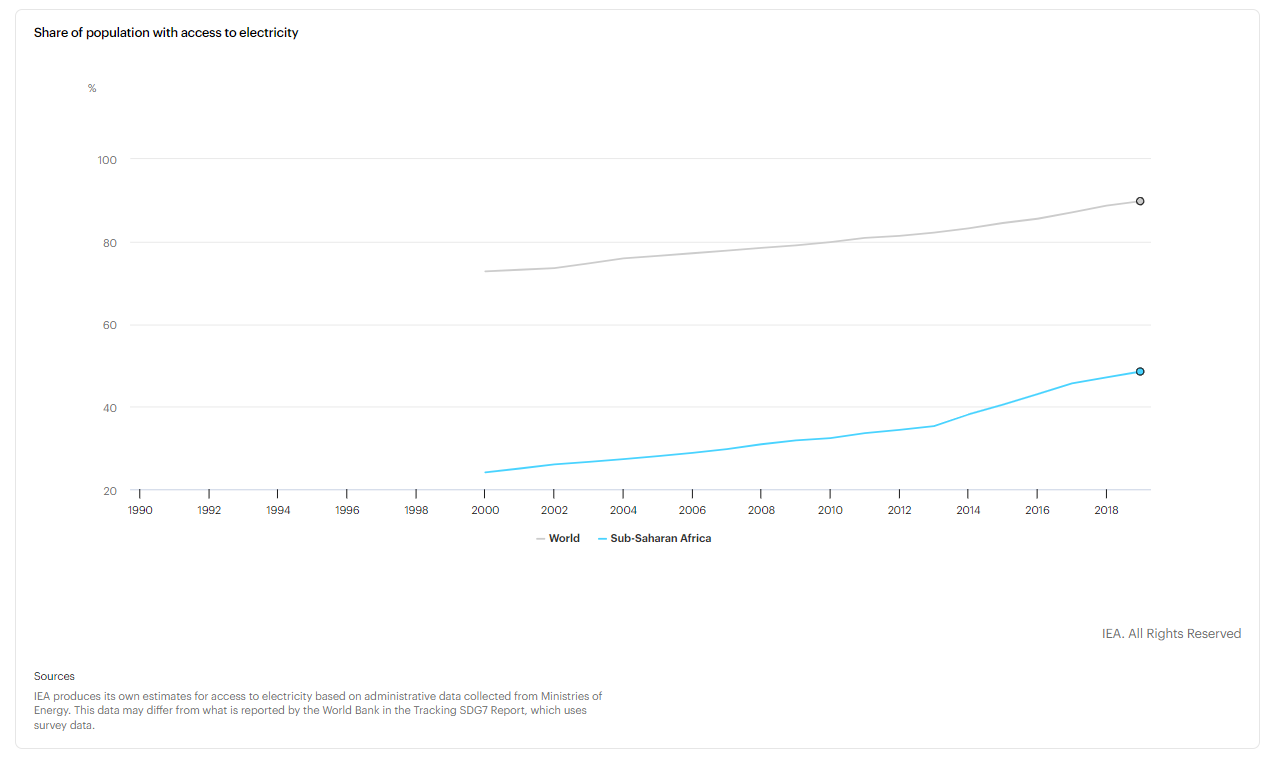
Reaching universal energy access requires a new model: Financing the LED transition
By Dr. Destenie Nock
There is a major energy gap in sub-Saharan Africa (SSA).
While the sub-continent is home to 16% of the world's population, it accounts for less than 3% of the world's electricity demand. Nearly 580 million people in sub-Saharan Africa are without access to electricity, meaning that once the sun goes down many people are left in the dark or depending on kerosene lamps. These statistics show the importance of illuminating the African continent.
There is a general agreement that energy access increases overall well-being. Access to electricity, and specifically lighting, can enhance education by allowing students to study late into the night, and can improve safety by increasing visibility after dark (e.g., streetlighting).

Figure 1: Number and share of Africans without access to electricity by country. International Energy Agency.
The United Nations (UN) has recognized the relationship between electricity access and well-being through the establishment of their sustainable development goal (SDG) seven. Goal seven of the UN SDGs focuses on providing access to reliable, affordable, sustainable, clean and modern energy for all. Specifically, goal seven sets the stage for ensuring 100% access to affordable, reliable and modern energy services by 2030.
According to the International Renewable Energy Agency (IRENA), electricity demand in Africa is projected to triple by 2030 from the current level (Figure 2), offering a tremendous opportunity for renewable energy deployment. However, the power sector requires investments of $70 billion per year on average between now and 2030, a significant hurdle to overcome. One way to reduce this investment need, while still increasing electricity access, is to deploy efficient and sustainable LED lighting. To do this, nations should encourage LED companies to operate across the continent and replace less-efficient incandescent bulbs.

Figure 2: Share of population with access to electricity. International Energy Agency.
One issue with the traditional approach of energy development is that many countries do not have access to the financing needed to achieve their universal electrification goals, and the rate of electricity adoption by citizens depends on access to low-cost appliances (i.e., lighting). More specifically, a challenge can be financing the deployment of LED systems. To overcome this financial pitfall, carbon credits may offer a solution. Reducing the emissions associated with inefficient lighting can generate high-quality offsets in the carbon markets, which can add an additional revenue stream for LED companies and incentivize them to take on these otherwise unaffordable installation projects. This is a win-win scenario—LED companies receive carbon credit revenues, and countries gain access to efficient lighting without the upfront cost.
So, why doesn’t every LED company do this? The answer comes down to the carbon credits themselves. High-quality carbon credits aren’t easy to generate, and the navigation of carbon markets requires specialized expertise. A vast majority of LED companies don’t have this in-house capability—few companies do. Creating carbon credits properly requires a team of experts with knowledge of the space.
For this model to work, it requires partnerships between governmental bodies, LED companies, and organizations that understand the complexities of carbon credit generation. Everyone’s role is clear. The government provides access, the LED company provides installation services, and the carbon credit experts capture the energy savings data and generate high-quality credits—which all three parties share. Everybody wins. It’s a very different approach to meeting electricity demand, but one that might help us bridge the energy gap.

